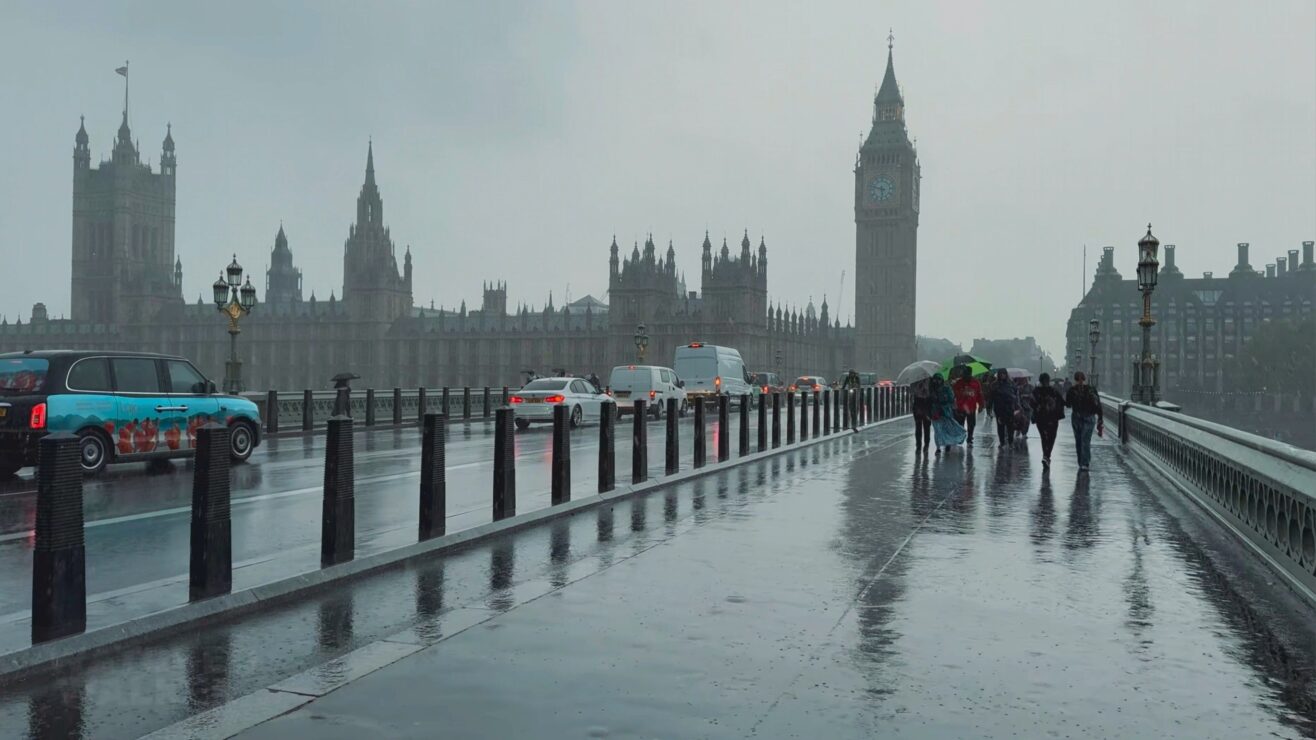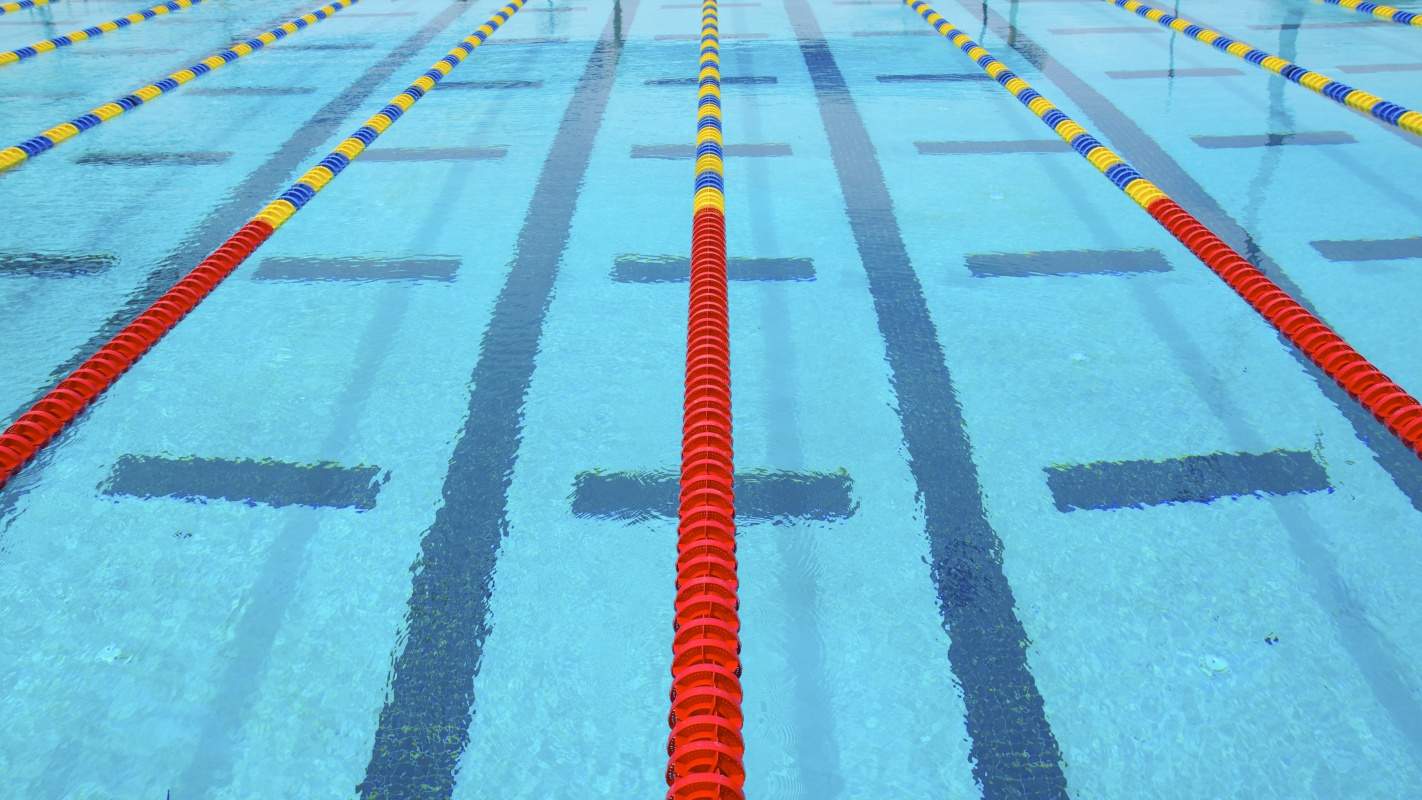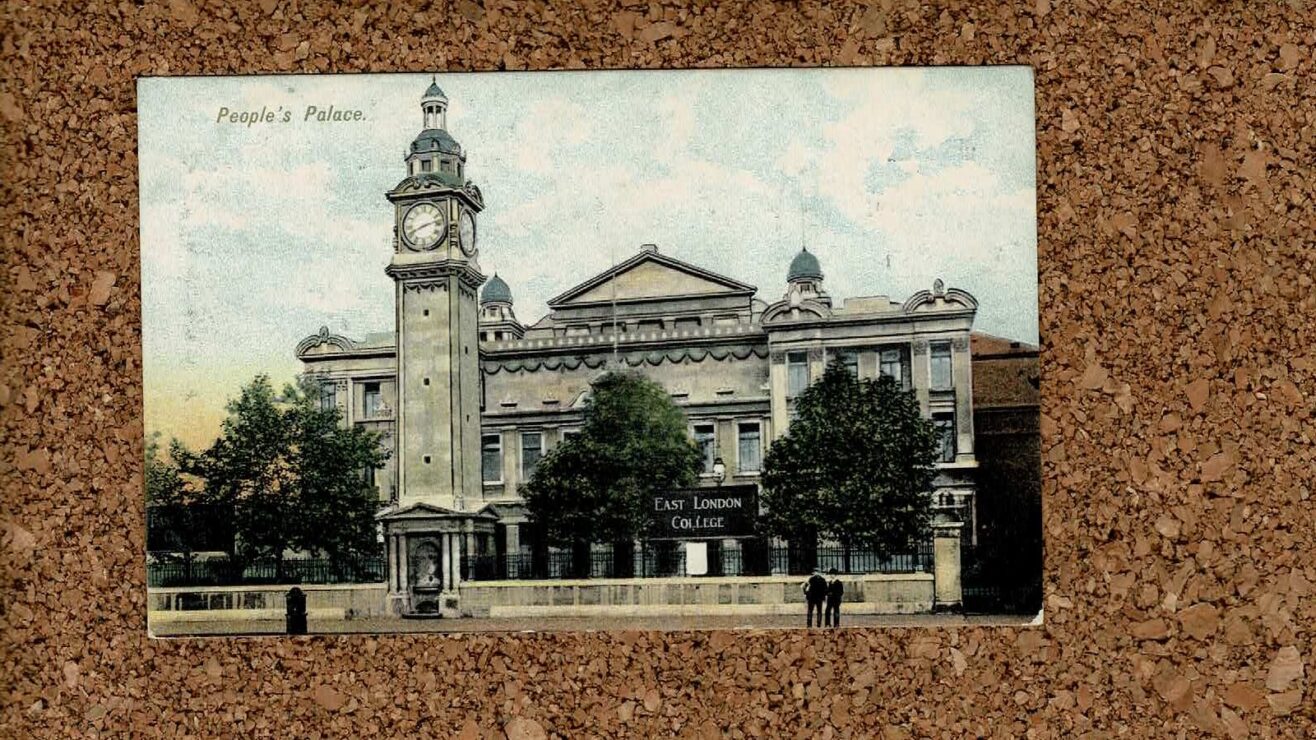Oh this year we’re off to sunny Spain! (If you’re old enough, you’ll know.) But we’re not taking the Costa Brava plane, instead we’re off to Mallorca.
In 1483 King Ferdinand of Aragon (yes, that one; half of the double-act Ferdinand and Isabella) authorised the establishment of the Estudi General Lul-Lià in Palma, on the island of Mallorca. This was a college named in honour of Ramon Llull.
Ramon Llull, philosopher and theologian, who lived from 1232 to 1316, and was a native Mallorcan. The entry for him in the Stanford Encyclopaedia of Philosophy – it’s linked at the start of this paragraph – merits a read. Even if you don’t grasp the philosophical bits, the history and biography is quite something. I like him for three reasons. First, he was a unifier: trying to bring together philosophy, theology and mysticism into one body of knowledge and practice. Second, he wrote in languages that people could read: he was the first philosopher, for example, to write in vernacular Catalan. And finally, he believed that it would be possible to convert people to Christianity from Islam and Judaism by means of rational argument. As they say in the south of the USA, bless his heart.
Anyway, back to the main strand. The college acquired its first owned premises in 1561, and by 1673 it was granted a Papal Bull by Pope Clement X, recognising it as the Royal and Pontifical Literary University of Mallorca. It drafted statutes in 1692 which were approved by King Carlos II of Spain in 1697: the Pontifical, Royal, and Lulian Literary University of Majorca was on the map!
The university moved hither and thither in Palma over the next couple of centuries until, in 1835, it was disestablished. I can’t give chapter and verse as to why this was, but as at that time Spain was engulfed in a monumental civil war, contesting the succession to the throne and the nature of the monarchy (absolute or constitutional), I suspect it had to do with notions of bringing the former Aragon (which included the Balearic islands) back into line. But, this may be absolutely wrong – and if anyone who knows Spanish history can tell the story here, that would be great!
And so from 1835 students in the Balearic Islands had to go to mainland Spain to undertake higher study: there was no university.
Until in 1949 the University of Barcelona established what we would now call a branch campus in Mallorca, offering programmes in philosophy and philology at a reconstituted Estudi General Lul-Lià. In 1972 two further faculties were added: sciences, sponsored by the Autonomous University of Barcelona, and arts, sponsored by the University of Barcelona. A faculty of law was subsequently added and, in 1978, the branch campus became the University of Palma.
The university continued to expand, with campuses on Ibiza and Menorca, and in 1985 it became the University of the Balearic Islands.
Here’s a jigsaw of the card – it’s a tough one this week. The card itself shows, in the main, the rather splendid basilica of Santa María de Mallorca. But if you look about halfway up the left had side of the card, there’s a white building just to the left of the left-most of the cathedral’s four towers. And just behind that you can see roofs, one of which is the roof of the Estudi General, which is now a cultural centre.
This week’s card was requested by, and is in honour of, Susannah Marsden, who is a big fan of Mallorca. As always, if there’s a university you’d like me to feature, let me know in the comments!












